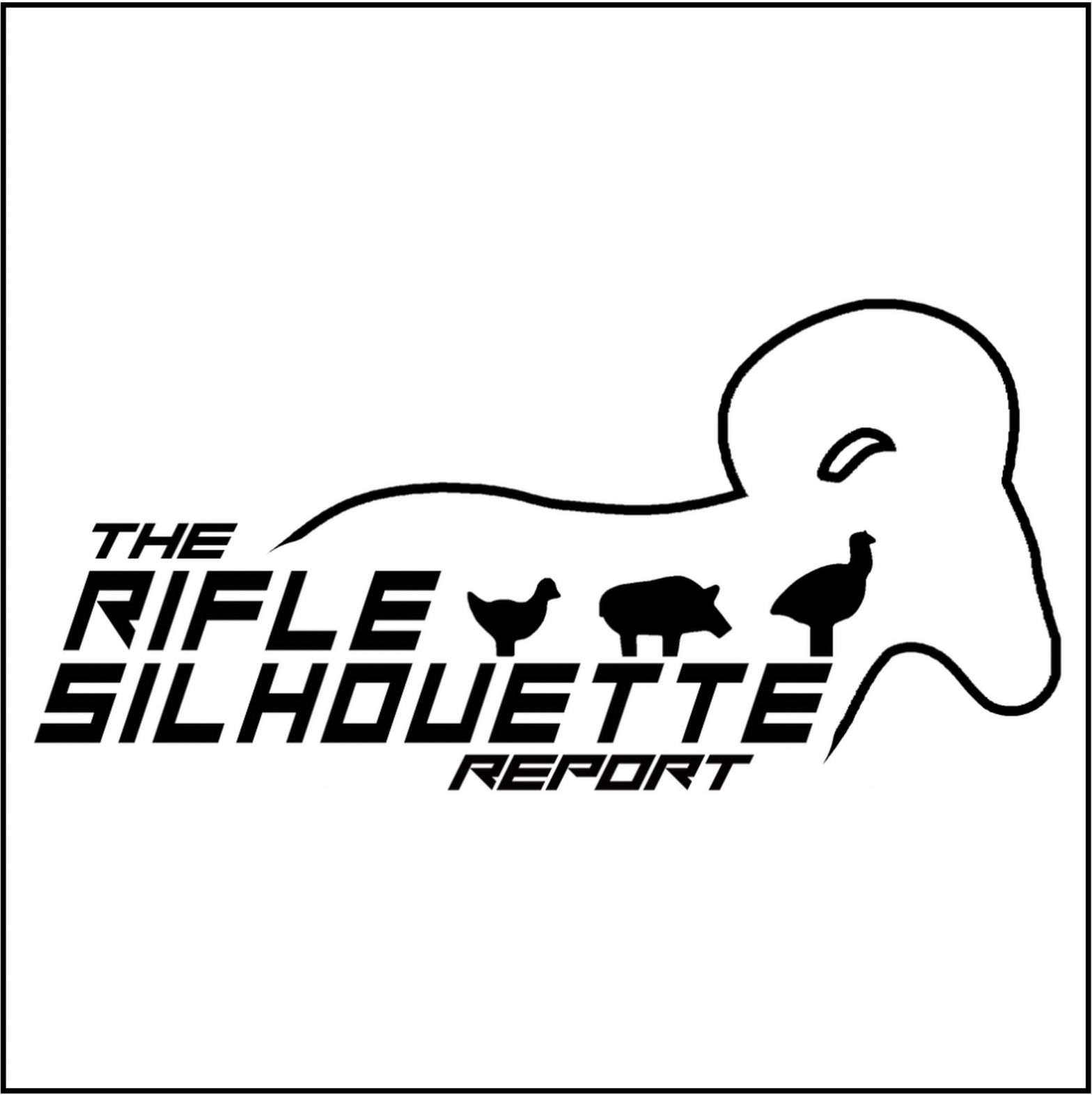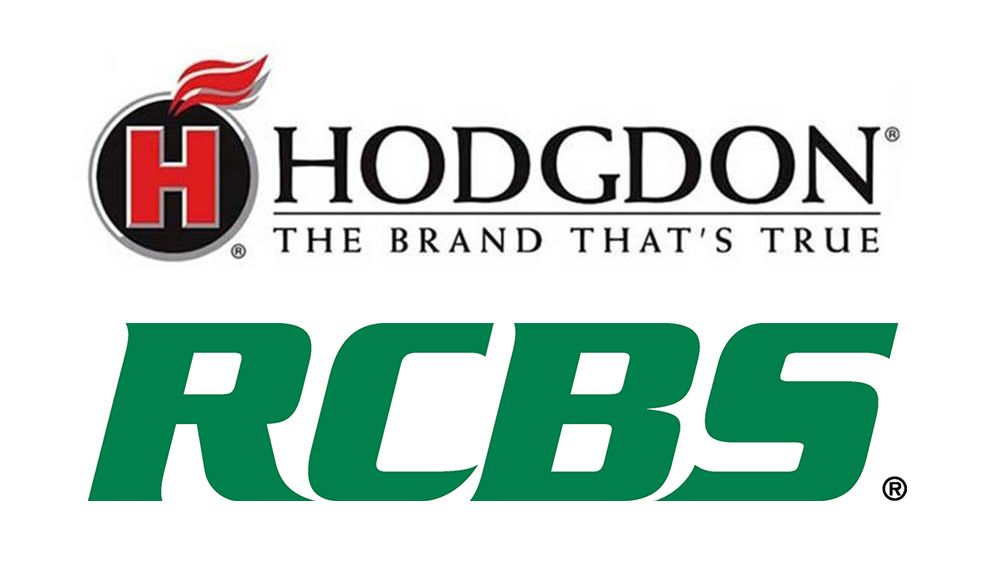“We don’t talk about Bruno!” — Encanto
Let’s be honest, shooting good scores in silhouette is hard! This is not something anyone can just step onto the range and do well. It takes a LOT of work and time to develop the physical and mental skills to perform well at this sport. To hit a silhouette target, we have to do several things right, all at once. We also must avoid doing things wrong; and we must especially avoid doing the same thing wrong so frequently that we develop a habit of doing that thing wrong.
HABITS are incredibly important in shooting and every other thing we do in our lives. Habits are important to me, and if you continue to read this newsletter into the future you will undoubtedly read a lot about habits because I will write a lot about habits. We all have good and bad habits and success or failure often depends upon those habits. Today we are going to discuss the one thing that I see most all of us doing that is absolutely sabotaging shooting performance; and for many of us, we have created a bad habit of doing this at almost every match.
This score-killer is so pervasive and common that I am willing to bet almost anything that everyone reading this not only has done this once, but does it often. Many of us have made it a habit — a VERY bad habit. I’m not just talking about beginners or shooters in the lower classes; I’m talking about EVERYBODY. In fact, shooters that hit lots of targets probably do this more than shooters that hit fewer targets; but it hurts both types of shooters just the same.
Here is how it often happens:
Let’s say you’re shooting pigs. You step to the line and take five good shots on the first bank of pigs and hit all five. On the second bank you make good shots on the first three and hit all of those. On the fourth shot you drop down and miss the target between the legs. All you see is that dreaded poof of dirt fly up and the pig still standing there staring back at you. You hit your last shot and you’re done shooting pigs. You remove your equipment from the line and stand there talking to your spotter or you walk back to your buddies. What do you talk about? Or if you don’t talk about it, what are you thinking about? I bet you’re talking or thinking about the pig that you missed!
There it is! There is the most common, most deadly-to-your-score, most repeatedly insidious mistake that I see at every match I shoot. WE ALL TEND TO FOCUS ON OUR FAILURES!
Why It Matters
What is it that makes focusing on failure so disastrous? To understand the answer to this question we must understand the concept of visualization. Visualization is simply “mental rehearsal.” It is the act of visualizing whatever thing we want to happen. The amazing thing about mentally rehearsing is that it actually helps to make the rehearsed thing happen in reality! Visualization is amazing! Our minds are extremely powerful; and objective evidence abounds that visualization works. A study published in Neuropsychologia found that imagining to move certain parts of our bodies almost trains the muscles as much as the actual movement. Imagining a great shot, actually seeing it happen in your mind, tremendously helps your body to make that shot happen. You can actually practice shooting a silhouette match by simply visualizing every shot of a match. You don’t even need to pick up a rifle! If you watch it happen in your mind, you are much more likely to do it.
The problem is that the reverse is true too. If you imagine a bad shot, you are much more likely to make that bad shot happen. When we think about that bad shot we fired, or we talk about it to our friends, we are simply visualizing that bad shot, making us much more likely to repeat that bad shot over and over again. Even worse, when we make a HABIT of thinking about or talking about our bad shots, we create a HABIT of making bad shots. You don’t need a newsletter post to tell you that a habit of making bad shots is NOT what we’re looking for!
What To Do About It
Correcting this dumpster fire of a mistake involves two things: (1) we must tame our tongues; and (2) we must control our minds.
First, taming our tongues means WE DO NOT TALK ABOUT OUR BAD SHOTS! It’s as simple as that; simply don’t talk about them. Don’t talk about them to your spotter; don’t talk about them to your friends; don’t talk about them to your spouse; don’t even confess them to your priest! Simply stop talking about them and stop lamenting to anyone that’ll listen the fact that you always miss targets. We all miss targets, we don’t need to remind each other or ourselves that it happens. Stop. Period. And for goodness sake, if you keep a shooting journal, do NOT write about your bad shots! Mental images that we write down have a greater impact on our psyche than those we simply talk about. Write down the things that you want to happen, skip the things you don’t.
At this point you should be wondering why I’m telling you not to do exactly what I did in my October 19 post when I WROTE about the good AND BAD shots I took in Zwolle. And to address your concerns, you are exactly right. That is NOT the thing to do. I’m making myself worse, for you. I hope you are entertained.
Second, we must control our minds to keep from thinking about our bad shots. This is much more difficult than simply not talking about them. As we all know, bad shots can haunt us and play like a film reel on repeat in our minds long after the shots are fired. The key to overcoming our minds in this regard is to use visualization to our advantage. The way you do this is to THINK ABOUT YOUR GOOD SHOTS. Think about all those hits! Talk about them to your friends. Replay them over and over in your mind. Watch yourself take that perfect shot over and over. See that turkey fly off the rail again and again. Dwell on your hits. Be excited about your great shots. Replay them and replay them again. Our minds can only think about one thing at at time, if we are thinking about our good shots, we can’t be thinking about the not-so-good shots; and visualizing those great shots makes it much more likely that we will repeat those great shots again and again.
We will talk much more about visualization in later posts on the shot process and the mental part of shooting. The take-away from this particular post is ALWAYS REPLAY YOUR GOOD SHOTS IN YOUR MIND; NEVER REPLAY THE BAD ONES!
Focusing On Failure Verses Correcting Mistakes
Please don’t read what I’m not writing. I’m not saying that there is never a reason to analyze a miss. We must communicate with our spotters to correct problems and problems often manifest themselves as misses. So how do we know when we should talk about that miss and when we should act like it never happened? The question that the shooter needs to ask herself is: should that shot have hit the target? If we break a shot that we think should have hit, that’s not a bad shot; that’s a good shot that didn’t hit. There is a difference. Good shots that don’t hit are shots we want to repeat, we just need to figure out why it didn’t hit. It could be that there is some wind or light condition that the spotter didn’t see or he misread. If you broke the shot where your spotter told you to aim, and the shot missed, you need to tell that to the spotter to help him/her get the call correct. Sometimes our sight settings are wrong. If you broke a good shot and it didn’t hit, you need to talk to the spotter to see where it missed and make a sight setting adjustment if necessary. The question is: was that miss a good shot? If so, figure out why it missed and fix it!
The shots you need to ignore are the bad shots. If you yanked the trigger or fired while off the target or just made a bad shot, you need to forget it and move on. You know what you did wrong; do it right the next time. No need to sulk in it or ponder it. My spotter Jerry always assumes that I broke the shot exactly where he told me to. If I did and it missed, we figure out the problem immediately and fix it. If I screwed up the shot, I simply say “that was me” and we don’t say anything more about it (and I visualize a perfect shot and make it happen on the next one.)
There is a time to think about and talk about MISSED shots. We don’t think about or talk about BAD shots!
We must understand the power of the mind. It will make our bodies do what we tell it to do. The best way to tell our minds what we want our bodies to do is to use the power of visualization. But, as Peter Parker (Spiderman) says, “with great power comes great responsibility.” We must use the great power of our minds for good and never for evil. Visualize what you want to happen, ignore what you don’t.
Moving Forward
The Texas Smallbore Silhouette State Championship is coming up on November 12-13 in Houston. That’s the official end of my 2022 shooting season (I’m the match director more than a competitor for the Louisiana lever action state championship in December). Winter will be here and, while I’ll probably be shooting as much as ever (because I never rest), there wont be much going on in the silhouette world for a few months. I will PROBABLY cut back posting on this newsletter to around twice a month for November through January or so. Maybe not, I don’t know. Just don’t worry about me if you don’t hear from me as much for a little while. I’ll still be here grinding away getting better for 2023. HOWEVER, please don’t back off from emailing me questions and ideas for things to talk about. I need all of your ideas. I have lots of greats ones coming in that I need to cover; and I promise to answer or give my opinion on everything you send me — so PLEASE keep sending those emails!
Until next time, keep shooting!
Thanks for reading The Rifle Silhouette Report! Click on the link below to subscribe for free, receive new posts and support my work.

























